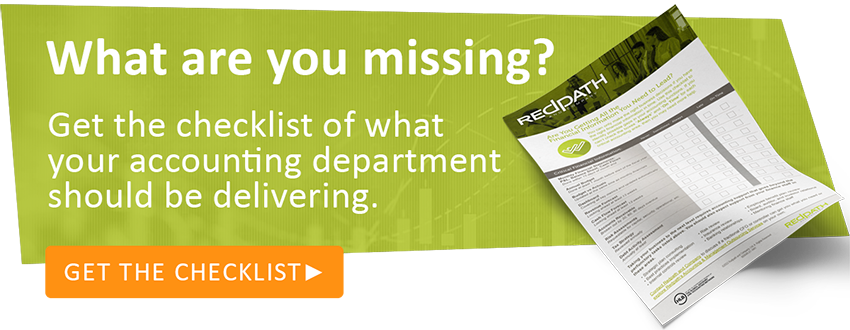Balancing Pre-LOI and Post-LOI Diligence in ETA: Strategy, Tradeoffs, and Winning the Auction
Entrepreneurship through acquisition (ETA) offers an increasingly popular path to business ownership. For many, it’s an appealing alternative to...

The strength and performance of any edifice depend on a sound foundation. Your business may not be a physical structure, but your growth strategy needs the same type of well-constructed foundation in order to succeed. As a business owner, building a strategic growth roadmap that pinpoints where you are and where you are going will help you achieve the future you want for your company. But first, you have to know where you are to know how to get to where you want to go.
There are four critical areas to assess when creating foundational metrics for business growth:
The goal is to define metrics—key performance indicators (KPIs)—for ongoing reporting and assessment that will inform strategy as well as day-to-day decision-making, uncover gaps or problems, and identify opportunities that support growth. If you can tell your company’s story through metrics, you know your company pretty well.
This area includes company culture as well as your organizational chart. Assess the talent you have now as well as the potential talent pool if you need to hire. To do this, you must develop distinct measurables. This can include productivity, tasks on time, recommendations for improvement, error rates, revenue per head, etc.
For example, what if your business is small, and you currently have no human resources (HR) department, but you want to acquire a company that has 100 people? That completely changes your model. You will have to start building an HR department, so what do you need to do that?
Think in terms of core operations like financial processes. This phrase really encompasses people, technology, and processes all wrapped together, which is how they function within your company.
Look at the big picture. Where are the risks, technology interactions, and people interactions you can improve upon to create faster, more efficient processes? Go beyond documenting the steps of each process (e.g., record-to-report, procure-to-pay, order-to-cash) and look for ways to improve efficiencies and drive greater value.
Look at controls and the metrics associated with them:
Do you have the appropriate systems for your size and industry norms? If you are using QuickBooks, are you getting what you need out of it with reporting and metrics? Or do you have Quickbooks and several other software pieces that are distinct in function but are not integrated? There are many options to look at from the small niche industry software to the integrated enterprise resource planning (ERP) solutions, all of which have pros and cons associated with interoperability and costs to operate. It truly is valuable to look at resource efficiency, total costs, and reporting to fit what you need now and how it fits into your growth strategy.
Technology should help improve and track all aspects of the business from commercial and back office operations, including controls, and compliance reporting.
You want to know your margins and run rates, but that is not all. The most useful KPIs depend on your type of business, and they should include both financial and people-related metrics. Common examples include:
You can look at everything from a micro perspective in certain aspects of the business like customer profitability, but you also have to take a more holistic view of the metrics driving the bigger picture for your business. These could be metrics designed to look at gross margin, EBITDA, or Net Income growth for certain companies to make sure they are constantly looking at aspects of revenue and costs of goods, along with knowing cash and non-cash effectiveness.
Additional aspects could be more of a macro view with market share, penetration, and growth within certain customers or segments, or growth into new markets/metro areas. Defining metrics that inform your strategy also serves to pinpoint red flags and the kinds of fixes required.
Focusing first on assessment in these four areas will help you clarify where you are currently, what needs to be done to achieve your business goals, and the best metrics for tracking progress. With that, you will have a sound foundation for pursuing your strategic growth roadmap.

Entrepreneurship through acquisition (ETA) offers an increasingly popular path to business ownership. For many, it’s an appealing alternative to...

If your business reimburses mileage or deducts vehicle expenses, the IRS just made a change you’ll want to account for before year-end planning.

GASB Statement 102 introduces new financial reporting requirements designed to increase transparency and strengthen how governments communicate risk....